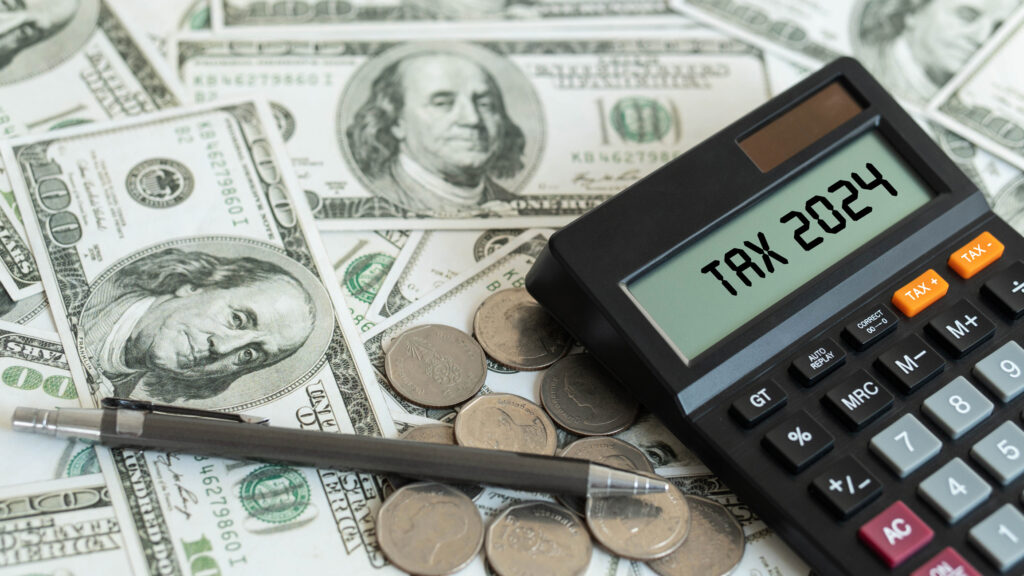Rich States, Poor States, by Arthur Laffer and Stephen Moore, ranks states’ economic competitiveness based on policies that have been shown to cause people and investment capital to move into and out of states. The book is divided into three sections in addition to the State Competitiveness Rankings.
Winners and Losers
Section I: State Winners and Losers details the migration of thousands of Americans from areas with high tax burdens to places with greater economic freedom. States with a high propensity to tax and spend are finding their wealthiest and most productive citizens moving across borders into those imposing less of a financial burden.
The authors note these former citizens are generally the “highest achievers and those with the most wealth, capital, and entrepreneurial drive.”
Laffer and Moore note that when the wealthy leave a state with high taxes, the tax base is reduced and the state is worse off than before.
Evidence of this is taking place all over the country, the authors note, as Americans are leaving California and the New England states in record numbers, preferring southern states such as Florida, Georgia, and Tennessee, and western states such as Idaho, Nevada, and Wyoming.
Important Factors
Section I introduces the 16 factors used in the ALEC-Laffer State Economic Competitiveness Index:
- Highest marginal personal income tax rate
- Highest marginal corporate income tax rate
- Progressivity of the personal income tax system
- Property tax burden
- Sales tax burden
- Tax burden from all remaining taxes
- Estate tax/inheritance tax (Yes or No)
- Recent tax policy changes 2005-06
- Debt service as share of tax revenue
- Public employees per 10,000 residents
- Quality of state legal system
- State minimum wage
- Workers’ compensation costs
- Right-to-work state (Yes or No)
- Tax/expenditure limit
- Education freedom index
‘Roadmap to Prosperity’
Section II: The State Roadmap to Prosperity shows low taxes increase the incentive to work and thus increase income, wealth, employment, investment, and in-migration. An in-depth look at the “Irish Miracle” proves this point.
The decision by Ireland’s lawmakers in the 1990s to dismantle that nation’s welfare state–cutting taxes and privatizing a variety of government services–has paid huge dividends. Businesses and skilled workers are flocking to Ireland.
Within a decade Ireland went from being one of Europe’s weakest economies to being one of its strongest. “The Irish are the Celtic Tiger of Europe,” Laffer and Moore write, “and low tax rates have played a critical role in this amazing economic rehabilitation.”
Laffer Curve
Within Section II, the Laffer Curve is used to explain the adverse effects of high taxes.
The principles behind the Laffer Curve state there is a point where any increase in taxes actually reduces tax revenue, and tax cuts increase revenue. Delaware, for example, makes an excess profit, relative to its neighbors, on alcohol sales because of its much lower beer taxes. This is yet another example of consumers “voting with their feet” and opting to spend their money in states that will tax them less.
Section II also examines regulation, debt, minimum wage laws, tort system costs, education, fiscal discipline, the progressive income tax (in which tax rates go up as taxable income climbs), and the estate tax.
Laffer and Moore argue a progressive income tax encourages taxpayers to leave, discourages businesses from entering, and increases unemployment while lowering real income. The estate tax, or “death tax,” they write, “is an unfair double tax on income,” as income is taxed at the time it is earned and then again when it is passed on to heirs.
‘State Spending Binge’
Section III: The State Spending Binge examines the recent lack of fiscal responsibility at the state level. The authors note state lawmakers tend to spend budget surpluses during years of strong economic performance, which later results in budget deficits as the programs remain in place during lean years. Lawmakers then attempt to make up the difference by raising taxes.
Laffer and Moore point out the “boom and bust” cycles experienced by state governments are much more pronounced than those of the larger, steadier federal government.
Most important, according to the authors, is avoiding the temptation to overspend during periods of economic expansion and to raise taxes during economic slowdowns. Laffer and Moore point out that during the most recent recession, states that cut taxes to stimulate their economies were least affected by the slowdown.
Competitiveness Index
The ALEC-Laffer State Economic Competitiveness Index offers two rankings. The Economic Performance Rank is a backward-looking measure based on a state’s performance on three important variables: Personal Income Per Capita, Absolute Domestic Migration, and Non-Farm Payroll Employment–all highly influenced by state policy. The ranking details states’ individual performances over the past 10 years.
The second measure, the Economic Outlook Rank, is a forward-looking forecast based on a state’s current standing on the 16 state policy variables noted above.
In today’s international marketplace this future outlook is critical because the competition for capital and labor is more intense than ever.
Companies looking to invest in the United States face some of the highest tax rates in the industrialized world. The ALEC-Laffer State Economic Competitiveness Index will be valuable for states hoping to attract global investment and to lure domestic and local ventures.
— summary by Steve Stanek



